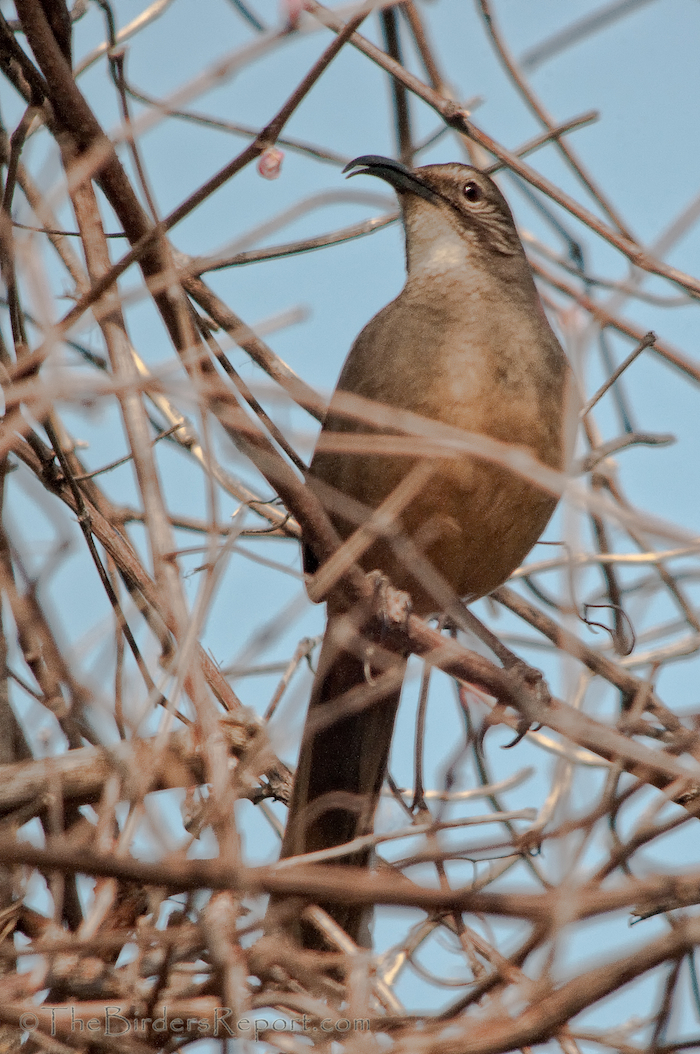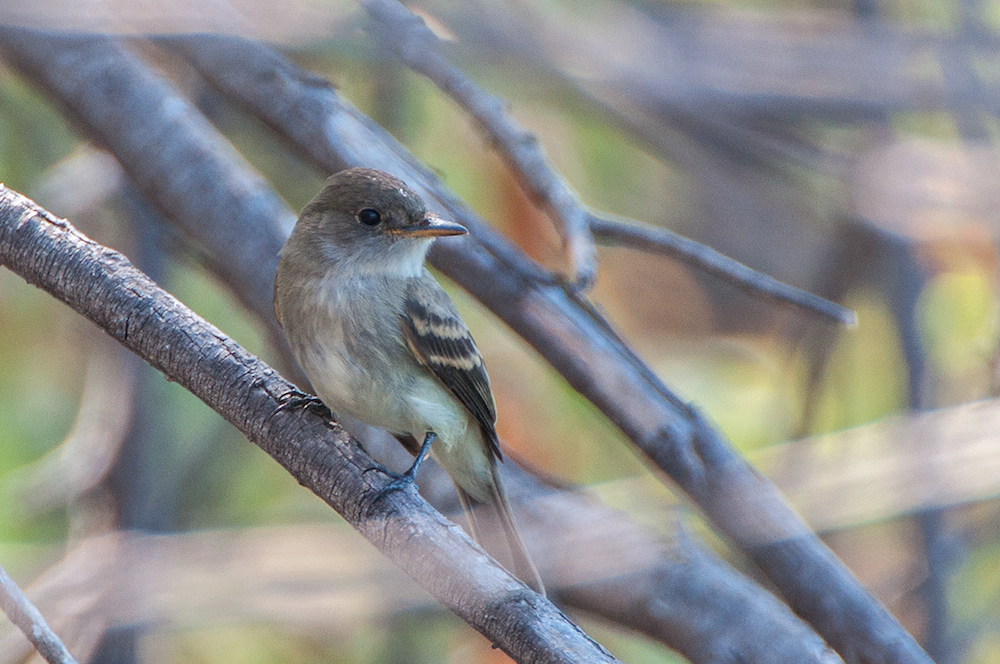
California Thrasher
Explore the banks of the Sacramento River, four ponds and a shady oak woodland to look for arriving spring warblers and Osprey. A large variety of year-round birds frequent the park, including Yellow-billed Magpies, Bald Eagles, Osprey and a variety of woodpeckers. A special treat would be a sighting of the elusive California Thrasher.
Meet at 8am at Kiddyland (the children’s playground) in the park, located at 2800 Rupert Road in Anderson. We will spend about two hours walking less than two miles on paved and hard-pack dirt trails and across grass lawns. There are bathrooms located at Kiddyland.
Contact trip leader Tricia Ford at triciathebirdnerd@gmail.com for more information.

